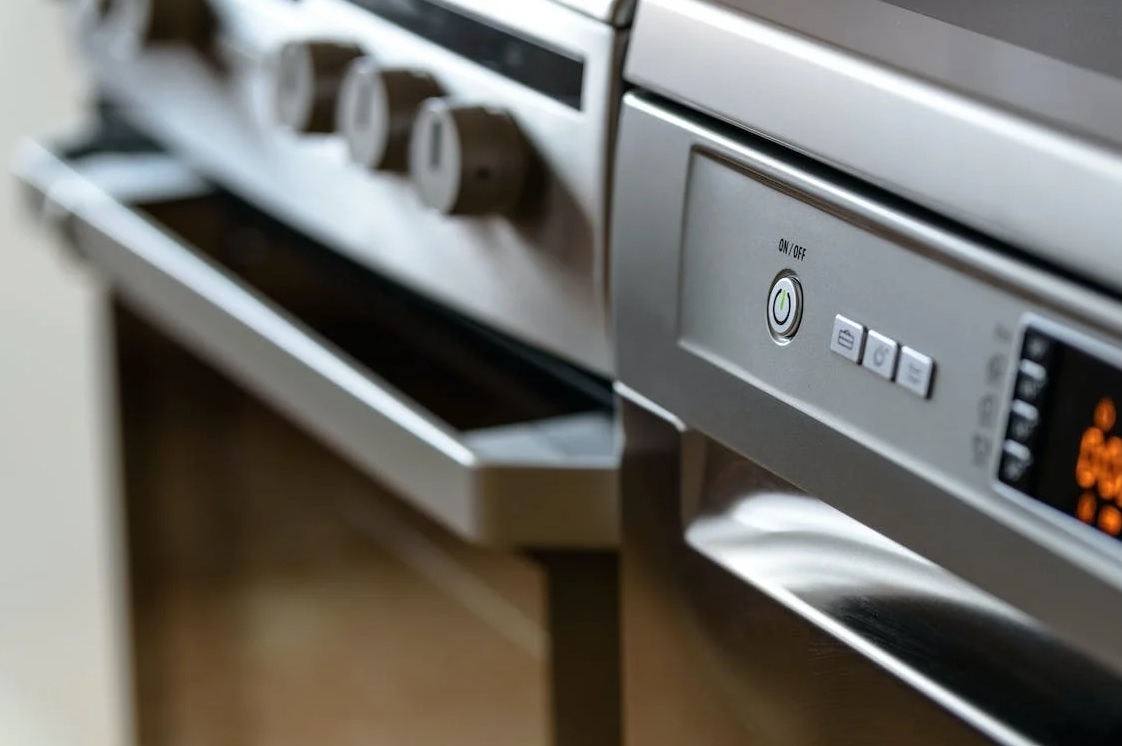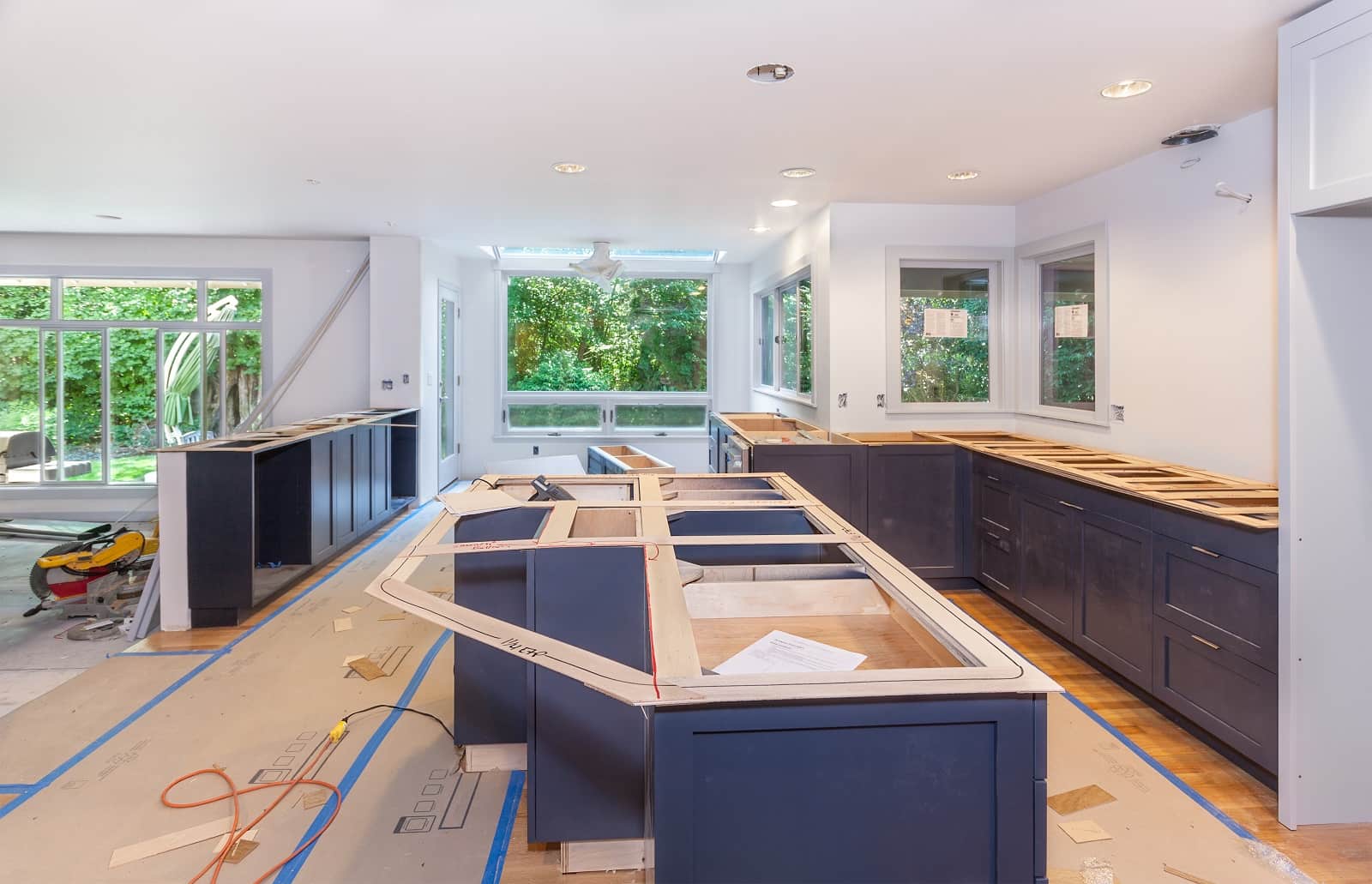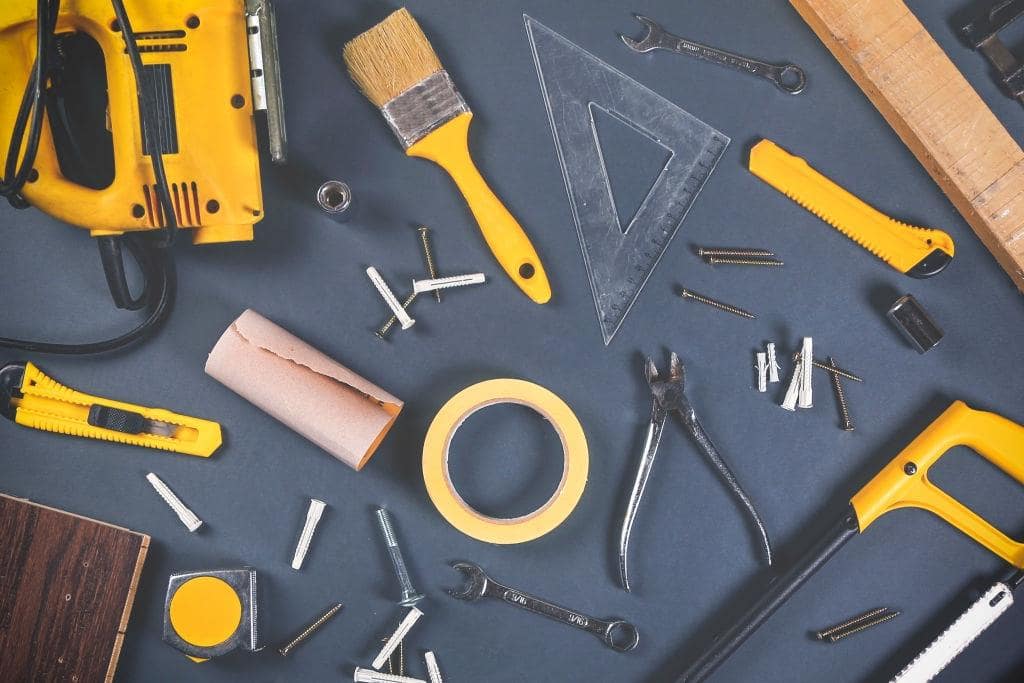For the last several days, you’ve smelled exhaust fumes in your home, and it has been nagging you so much you wish to get rid of it so that your house can smell good as new or even better. We get that feeling, and we’d love nothing more than to help.
The following website: https://andersonair.com/what-to-do-when-furnace-exhaust-smells-like-gas-expert-tips/ gives a guide you can use.
There are various reasons for the smell of exhaust in the house (why your house has the smell of exhaust fumes), each with its fix. The first reason could be:
Faulty Flue Ducting
As long as there’s an exhaust smell around, this indicates that exhaust fumes can’t correctly escape, letting them right back into your home. The apparent reason is a possible faulty exhaust ducting or flue ducting.
Does this make sense?
There are a couple of faults an exhaust duct could have that could cause an exhaust smell in your home, and these include:
- Rusting of the flue ducting.
- Separation of duct parts or leakages.
Here’s a way to help you know if your ducts have these problems.
You may have cleaned up the entire duct right after you caught the exhaust smell in the house, and to your dismay, the smell worsened after your thorough clean-up.
That only happens if the duct has one of the issues mentioned above. Don’t be surprised if your clean-up only worsened the damage and drew in more exhaust fumes.
In that case, here’s how to get rid of the exhaust smell in the house;
Step 1: Find the Issue
Whether it’s a rust issue or disjointed duct components, you must be particular about it before you do anything.
You’ll need the following equipment:
- A bright flashlight.
- A trouble light.
Now go ahead and shut off the entire furnace system, then take off the roof cap. Light the duct from the bottom using your flashlight, and continue dipping a drop light from the top of the chimney.
Ensure that you have a clear view into the duct; look closely for the cracked or rust-damaged part of the duct that we’ve been talking about.
When you see the damage, you can proceed to the next step ahead.
Step 2: Get the Rust off
Suppose you found a rusty duct pipe or a part of the duct that has caused a tiny hole inside the vent. How would you fix that rust problem in the furnace duct? Or probably replace the entire duct?
Well, as long as the rust isn’t that bad, it’s fixable. Just follow this simple three-step process, and you’ll be okay!
You’ll need a wire brush to scrub and loosen up the rust.
Apply some mineral spirit to de-grease the rusty part. The oily stain drawn by the foul exhaust fumes will fade away.
Now, for the tricky part of the rusty duct pipe, dab a few coats of zinc-rich cold galvanizing spray paint on the entire rusty duct pipe. Dry it to touch and place the flue back. This paint could take up to thirty minutes to dry.
With this method, there will be no further rust growth soon.
Step 3: Mend the Broken Duct Pipe Parts
In some cases, due to aggressive rust, the duct could be breaking or separating between parts. Broken duct pipes may even be a more likely cause of the exhaust fumes finding their way through the ducting and into your home (exhaust smell in the house).
When you’re through with step 2, you can seal the leaks of the duct. This patching of the leaks could be with little, moldable sealants if they’re small leaks. If they’re large, you will need an entire insulation material around the destroyed area. You can wrap the whole affected area with roof tape, acting as good duct insulation.
Partially Blocked Airflow
The other reason for the smell of exhaust in your home is any interruption to the whole HVAC airflow. This partial blockage will turn the system down. It all begins with reverse-directing the exhaust fumes back into the house.
You could be wondering what we mean when we refer to airflow blockage. Well, we’ve already discussed the problem caused by rusty ducts. We’re now focusing on external factors that can cause airflow blockage in your vent.
These scenarios could include:
- An object such as a bird’s nest got into the duct from the roof. Such material can direct the upward-flowing exhaust air back into the vent.
- Any blockage of your fresh air inlet in your newly installed furnace unit by dust, dead birds, or a bird’s nest will lead to weak combustion and let partially burned gas into the furnace system, bringing about an exhaust smell in the house.
Here’s how to fix this;
The straightforward approach is to remove whatever blockage is in your vents or furnace top. It can be a bird’s nest or even a dead bird.
Blockage Type 1: Dead Bird/Bird Nest in the Air Duct
In the case of a bird’s nest or dead or alive bird, avoid causing any harm to these birds physically while you’re letting them out. There’s not much to do if the bird is nested in the chimney except to relocate it elsewhere.
Blockage Type 2: Dust
On a different note, dust particles can block the inlet or exhaust vent, leading to an exhaust smell in the house. This much dust usually accumulates in high-efficiency furnaces that have been unclean for years. Your home may be newly built, but there could be debris in the air ducts from the construction.
We have great news for you. Getting rid of dust in your inlet is relatively easy. Follow these steps;
- Find the exit of your intake/exhaust pipes.
- Open the vent pipe with a screwdriver.
- Remove the large piece of dirt or debris from the vent.
- Use a soft cloth to scrub away any sticky dirt left.
- Use an air duct cleaning vacuum to clean the vent thoroughly.
- Look for any other blockage with a wire hanger shaped like a question mark.
- Shut the pipe up with the screwdriver.
Conclusion
Your furnace exhaust should be clear now, and the exhaust smell in the house should be gone after a few days. If you have followed every step given in this guide and the odors persist, reach out to a professional HVAC service, as that could be a sign of further damage within the furnace.










